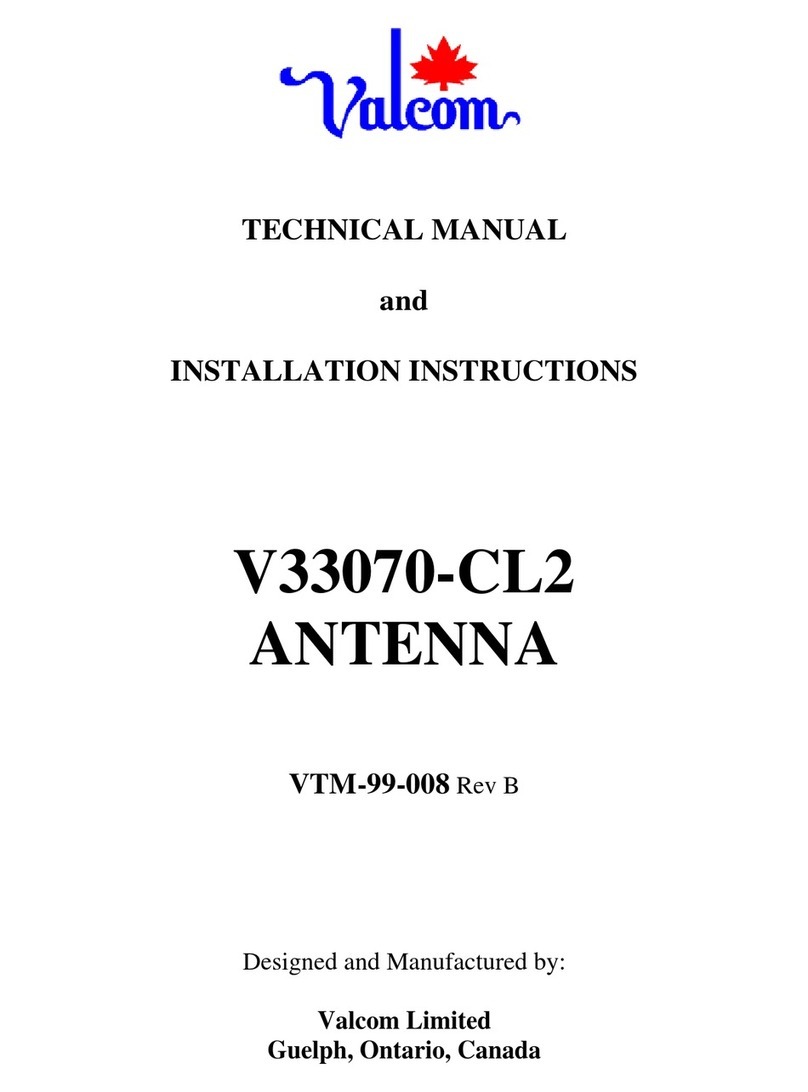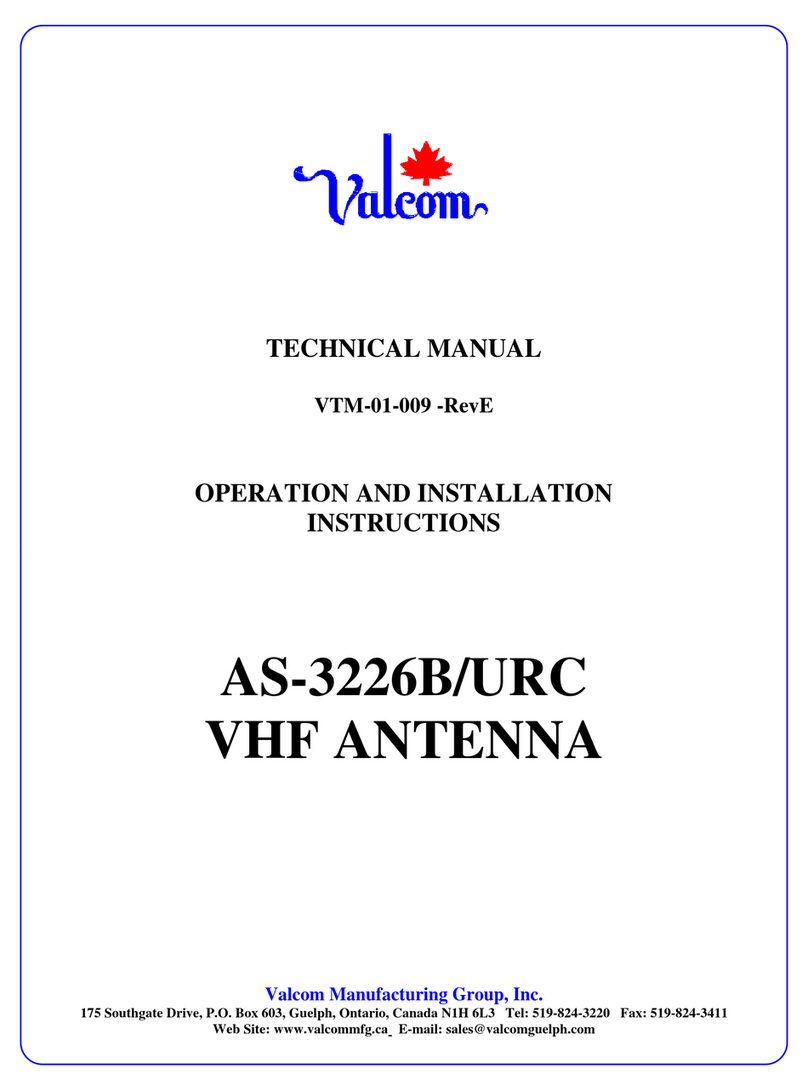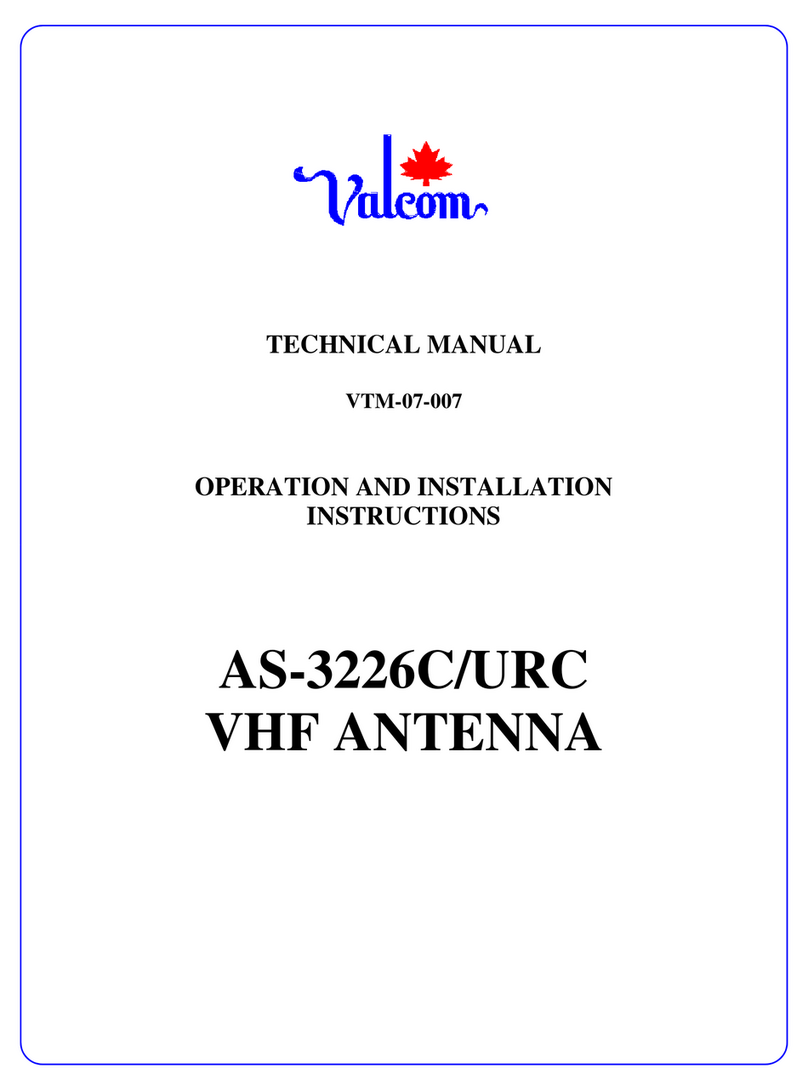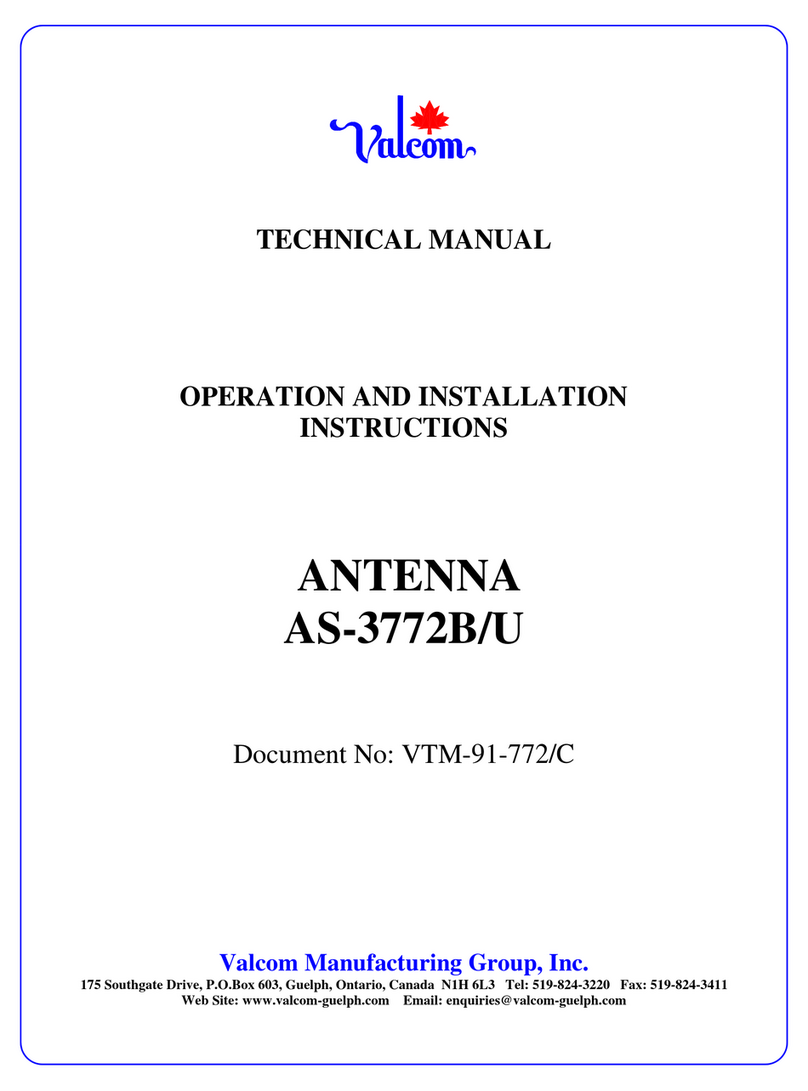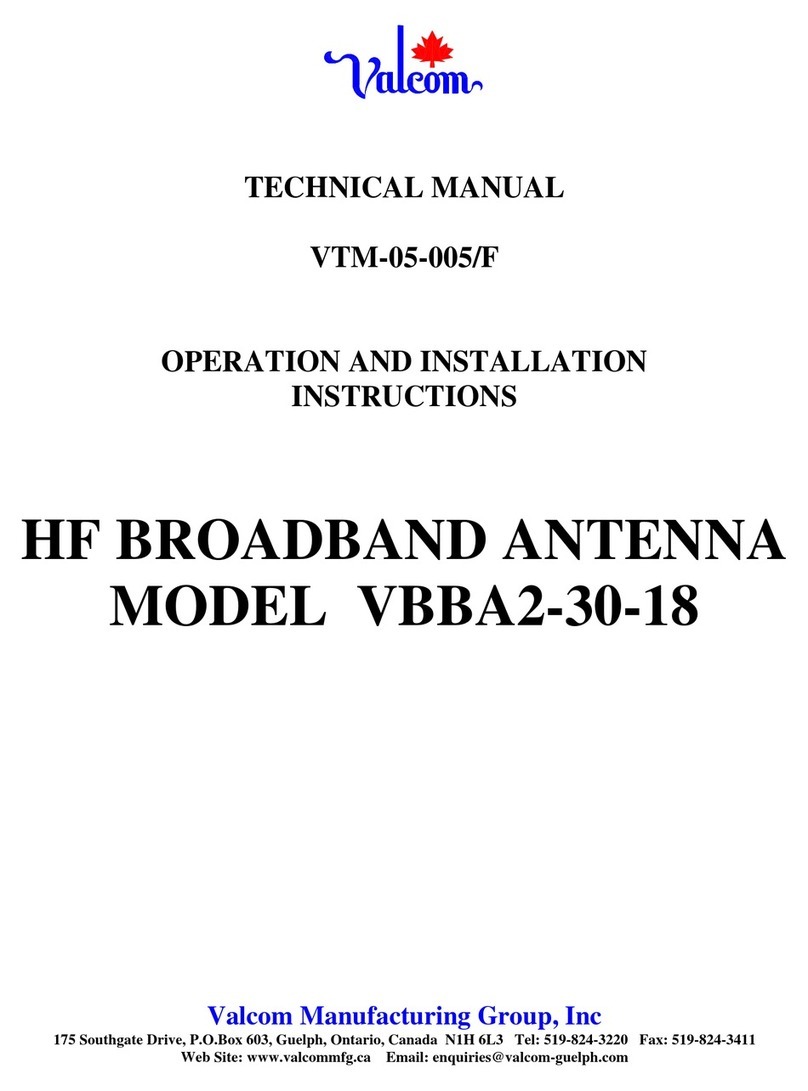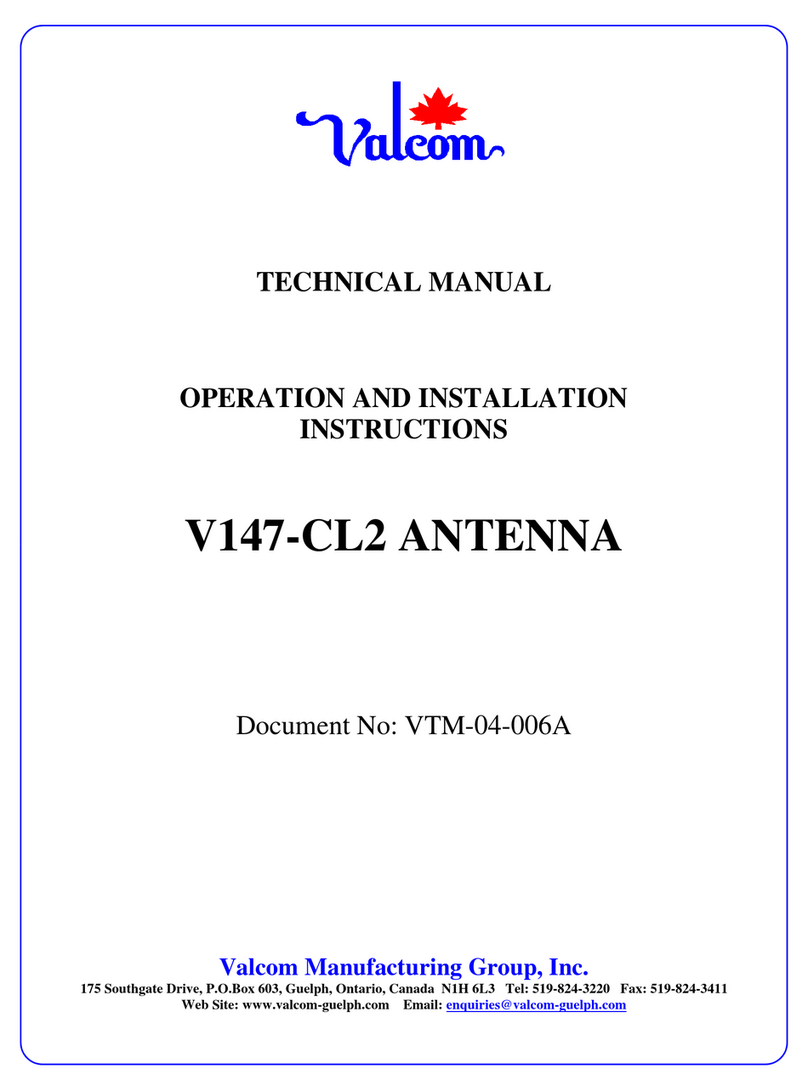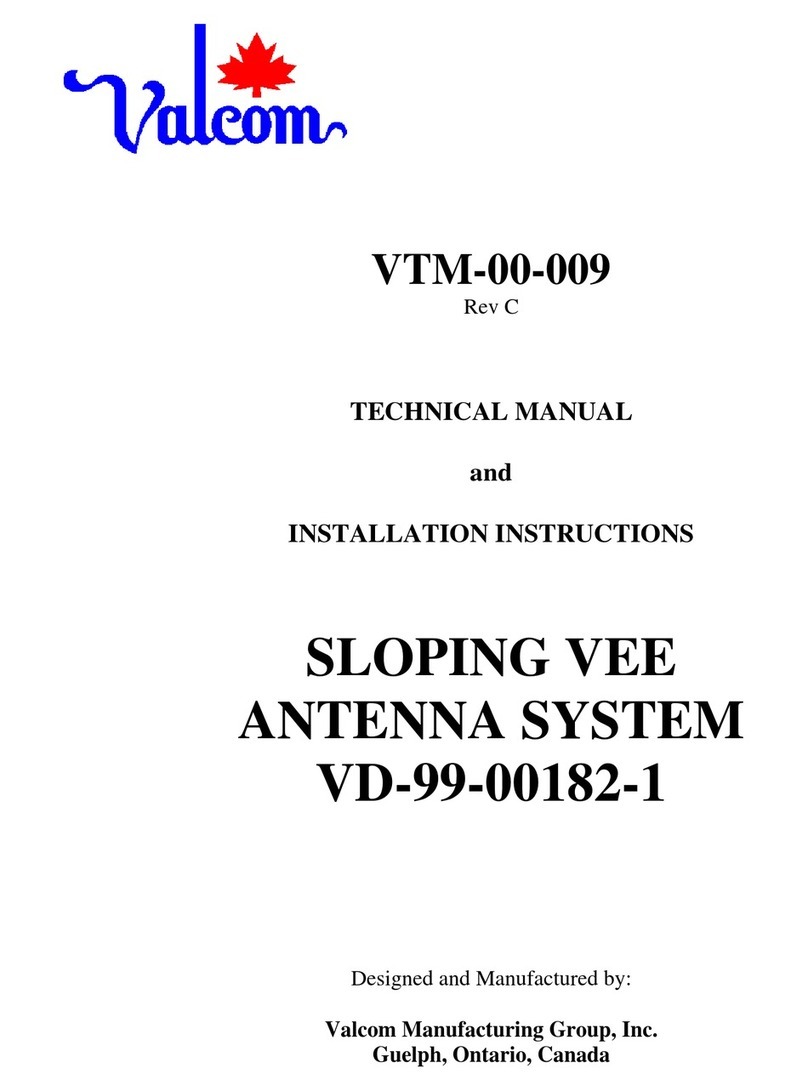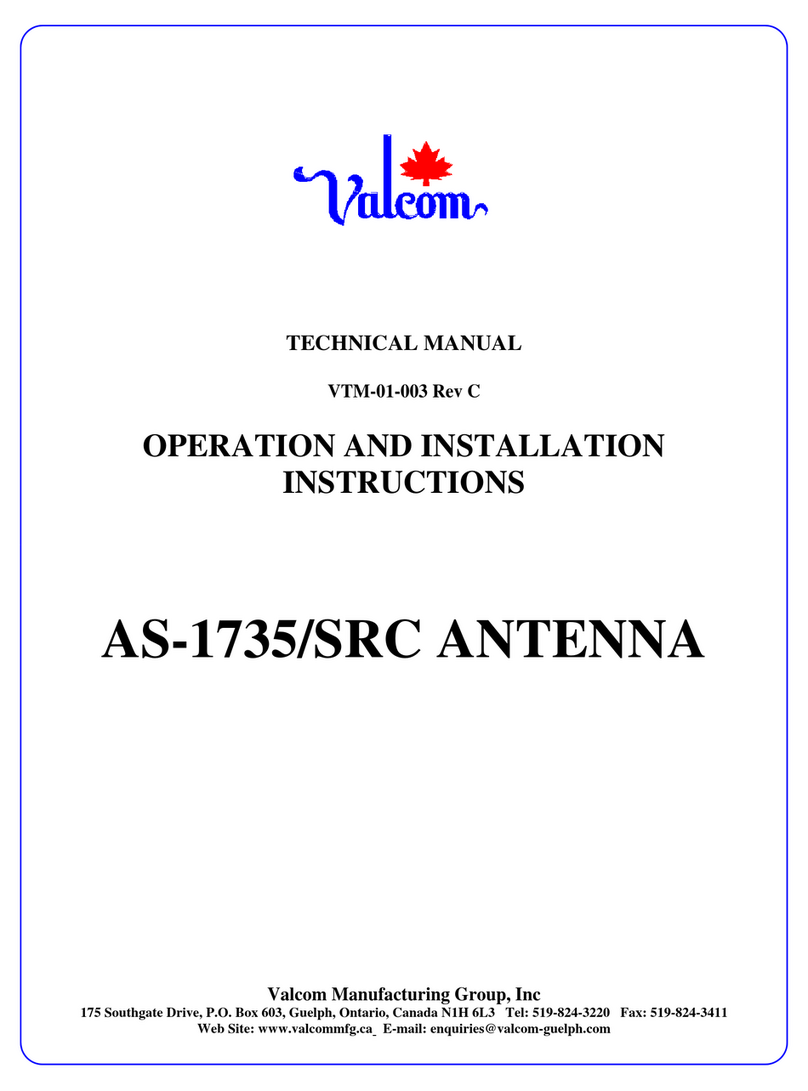
VTM-98006F
i
Table of Contents
Section Page
1 GENERAL INFORMATION AND SAFETY PRECAUTIONS ...................1
1-1 General Safety Precautions ..........................................1
1-2 Specific Warnings .................................................1
1-3 Introduction ......................................................2
1-4 Equipment Description .............................................2
1-5 Relationship to Other Equipment .....................................2
1-6 Reference Data ....................................................2
1-7 Equipment Accessories, and Documents Supplied ........................2
2OPERATION ...........................................................6
2-1 Introduction ......................................................6
2-2 Controls and Indicators .............................................6
2-3 Operating Procedures ...............................................6
2-3.1 Operator Turn-on ............................................6
2-3.2 Modes of Operation ..........................................6
2-3.3 Operation Under Interfering Conditions ..........................6
2-3.4 Operator Turn-off ............................................6
2-3.5 Emergency Operation ........................................6
2-3.6 Emergency Turn-off ..........................................6
3FUNCTIONAL DESCRIPTION ............................................7
3-1 Functional Description .............................................7
4INSTALLATION .......................................................8
4-1 Site Information ...................................................8
4-2 Tools and Materials Required ........................................8
4-3 Unpacking and Repacking ...........................................8
4-4 Foundation .......................................................8
4-5 Input Requirements ................................................8
4-6 Installation ......................................................8
4-7 Cables and Connectors .............................................9
4-8 Installation Checkout ..............................................10
5MAINTENANCE ......................................................11
5-1 Preventative Maintenance ..........................................11
5-2 Corrective Maintenance ............................................11












